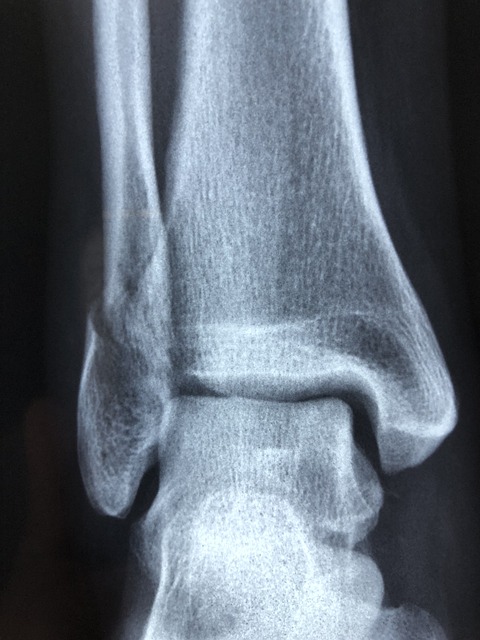Evidence-based practices (EBP) in chiropractic care, guided by scientific research, ensure effective treatments like Red Flags Chiropractic Treatment for severe conditions. Recognizing red flags—unsubstantiated claims, lack of clinical study support, or invasive procedures without alternatives—is crucial for informed patient decision-making. Without EBP, chiropractic treatment risks inconsistency and harm, leading to misdiagnosis and inappropriate plans.
“In the realm of healthcare, evidence-based practices (EBPs) are pivotal for patient safety and optimal care. However, many chiropractic treatments lack robust scientific backing, posing potential risks. This article aims to shed light on evidenced-based practices in healthcare, specifically within chiropractic, by identifying red flags that may indicate unproven or potentially harmful techniques. We explore the consequences of a lack of evidence on patient care and advocate for informed decision-making.”
- Understanding Evidenced-Based Practices in Healthcare
- Identifying Red Flags in Chiropractic Treatments
- The Impact of Lack of Evidence on Patient Care
Understanding Evidenced-Based Practices in Healthcare

Evidenced-Based Practices (EBP) in healthcare refer to using specific treatment methods backed by thorough scientific research and empirical data. This approach ensures that medical decisions are guided by reliable evidence, allowing healthcare professionals to deliver optimal patient care. EBP involves critically evaluating research studies, appraising their quality, and integrating the most robust findings into clinical practice. By adhering to EBP, chiropractors can provide more effective treatments, such as Red Flags Chiropractic Treatment, which focuses on managing severe or life-threatening conditions.
In the context of chiropractic care, EBP promotes a systematic approach to patient assessment and treatment planning. Chiropractors are encouraged to consider the best available research when deciding on interventions, ensuring that their practices align with current evidence. This not only improves treatment outcomes but also fosters trust between healthcare providers and patients. For instance, Red Flags Chiropractic Treatment guidelines help chiropractors recognize and manage acute spinal injuries or neurological emergencies, providing a structured framework for evidence-informed practice.
Identifying Red Flags in Chiropractic Treatments

Many patients seeking chiropractic care may encounter situations where certain red flags indicate a potential lack of evidence-based practices. These red flags can include unsubstantiated claims about the treatment’s effectiveness, absence of clinical studies supporting the protocol, or an insistence on invasive procedures without exploring less aggressive options first.
Chiropractors should be transparent about their diagnostic methods and treatment plans, providing patients with clear explanations based on current scientific evidence. If a practitioner promotes unproven treatments or dismisses valid concerns, it may suggest a misalignment with evidence-based chiropractic care. Understanding these red flags can empower individuals to make informed decisions regarding their health and choose practitioners committed to evidence-supported practices.
The Impact of Lack of Evidence on Patient Care

The absence of evidence-based practices in healthcare, particularly within chiropractic treatment, raises significant red flags for patient care. When clinical decisions are not guided by scientific research and empirical data, it can lead to inconsistent and potentially harmful outcomes. Patients seeking chiropractic care often rely on professionals to provide safe and effective treatments, but without a solid evidence foundation, practitioners may offer procedures with unproven or even contrary effects.
This lack of evidence can result in misdiagnosis, inappropriate treatment plans, and unnecessary risks for patients. For instance, some chiropractic techniques might alleviate short-term symptoms, but they could also cause long-term damage if not properly supported by clinical studies. Red flags are raised when common practices lack rigorous research, as it leaves patients vulnerable to unconventional and potentially dangerous interventions.
In light of the above discussions, it’s evident that identifying red flags in chiropractic treatments is crucial for ensuring patient safety and quality care. The lack of evidence-based practices in healthcare, particularly within chiropractic, can lead to suboptimal outcomes and potential harm. By being vigilant and educated about red flags, healthcare professionals and patients alike can navigate this complex landscape more effectively. Understanding and implementing evidence-based guidelines are essential steps toward improving patient care and fostering a more reliable healthcare system, especially when it comes to identifying and addressing the unique challenges posed by chiropractic treatments.














